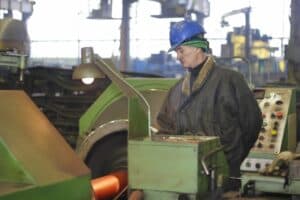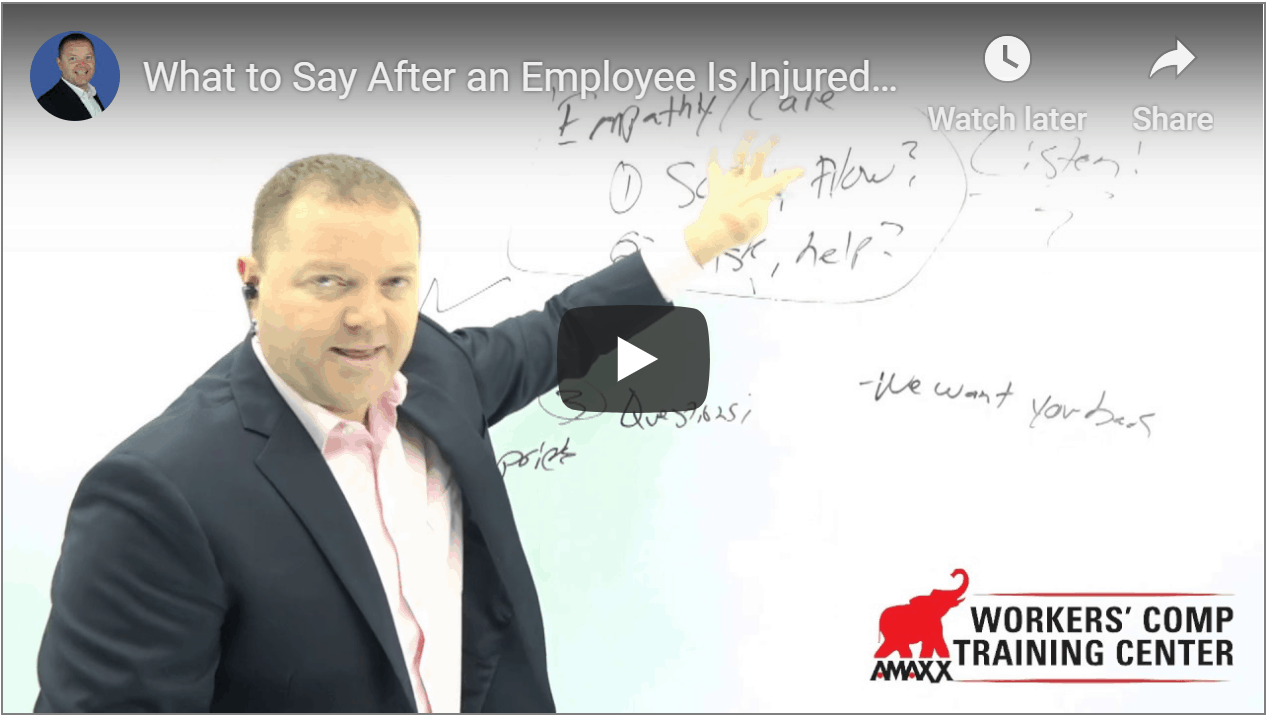
Manufacturing job are often thought of as dangerous places to work. That is not the case if the factory has a proper safety program in place. The creation of a safety program for a factory is not much more difficult than creating a safety program for any other type of business. Now is the time to review your workplace if your business is engaged in manufacturing to make it safer for your employees.
Keys to Safety Success in Manufacturing
The success of any safety program relies on the emphasis safety is given within the company. A company culture of safety that originates with the senior management of the company, with the safety culture being promoted all the way down through the ranks of the company, will have a major impact on the safety record of a factory.
Click Link to Access Free PDF Download
“4-Step Sequence For Effective Employee Screening, Hiring, & Placement”
The safety guidelines for factories are similar to the safety guidelines in many other industries. Key factory safety guidelines include:
- All employees will wear all required safety gear, safety glasses, and safety clothing for their job/position while at their workstation.
- All employees working around moving machinery are prohibited from wearing loose clothing or loose jewelry.
- All employees working around moving machinery must have long hair tied back where it cannot fall forward or be caught in the machinery.
- All tools will be in use or will be stored at their proper location at all times, no tools are to be left in any location where they are not being used or being stored.
- All equipment, tools, and machinery are to be kept clean and in full working condition, with any defects being immediately reported to maintenance.
- The instruction manuals for all machinery must be readily available for review.
- All equipment and machinery are to be shut down when not in use.
- All presses and machinery will require two-hand operation to keep fingers and hands away from moving part.
- All machinery is to have the manufacturer’s installed safety guards.
Manufacturing Safety Pitfalls – Machinery Modifications
Machinery should never be modified by an employee. This includes management or those not specifically trained in the technical aspects of the machinery. All work areas are to be kept properly lit when anyone is working. Other issues to consider should include:
- All work areas are to be kept properly ventilated.
- All areas of the factory are being kept clean and organized.
- Anyone working in the factory under the influence of drugs or alcohol will be immediately terminated.
The safety officer for the factory should require every job to have a job hazards analysis with each employee performing that job being trained in recognizing the hazards to which they can be exposed and being trained on how they can safely eliminate or reduce those hazards. Each job should have a safety checklist with the employee being able to obtain a 100% grade on test questions about the requirements of their safety checklist.
Identification and Correcting Safety Issues
All employees conducting work that requires specific OSHA training must be required to complete the OSHA training before they can start work in the factory. The factory safety officer should perform frequent factory inspections to identify any hazards the employees might have missed. Any identified hazards should be immediately addressed and corrected. The safety officer should also hold regularly scheduled safety training classes as well as requiring safety classes for all new hires before they can do any work in the factory.
Fire drills and other emergency evacuation drills should be conducted to ensure all employees know how to quickly and safely leave the building. As a part of all emergency drills, the employees need to know whether to shut down their machinery or to leave it running when they evacuate the building. As a part of the fire and emergency evacuation drills, all employees need to know where the fire extinguishers, fire hoses, and other emergency equipment is located, and how to use the equipment in an emergency.
Conclusions
The establishment of a strong safety program within the employer’s factory will result in a significant reduction in the number of workers compensation claims and their resulting cost. Interested stakeholders need to be proactive on this issue and never shy away for making a change for the better in terms of safety. When safety becomes a part of the culture, the reduction in work injuries will become notifiable.

Author Michael Stack, CEO Amaxx LLC. He is an expert in workers’ compensation cost containment systems and helps employers reduce their workers’ comp costs by 20% to 50%. He works as a consultant to large and mid-market clients, is a co-author of Your Ultimate Guide To Mastering Workers Comp Costs, a comprehensive step-by-step manual of cost containment strategies based on hands-on field experience, and is founder & lead trainer of Amaxx Workers’ Comp Training Center.
Contact: mstack@reduceyourworkerscomp.com.
Workers’ Comp Roundup Blog: https://blog.reduceyourworkerscomp.com/
©2019 Amaxx LLC. All rights reserved under International Copyright Law.
Do not use this information without independent verification. All state laws vary. You should consult with your insurance broker, attorney, or qualified professional.

















